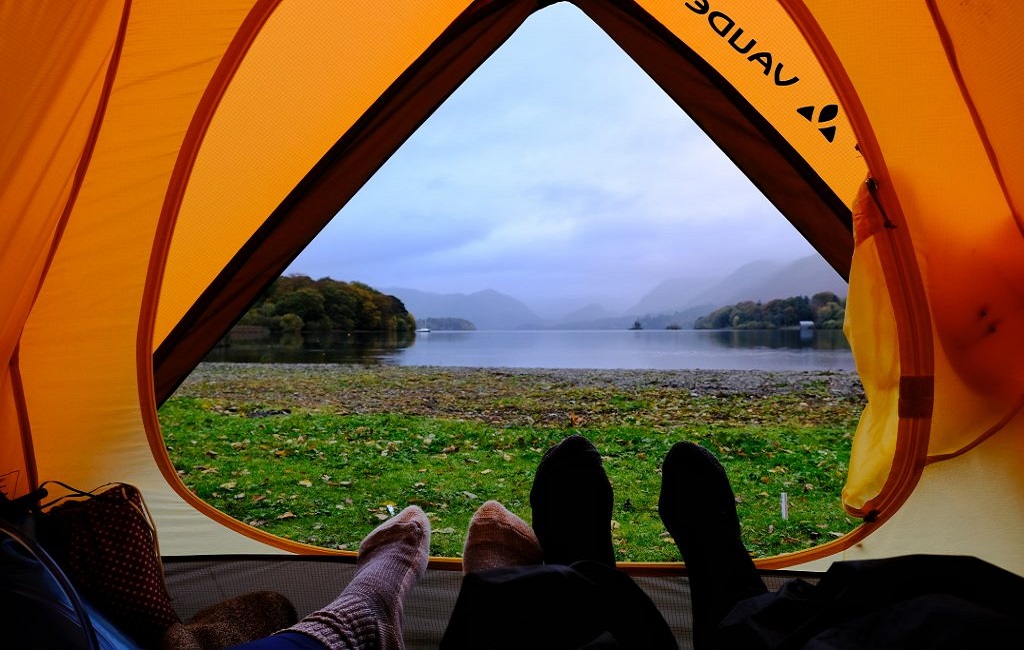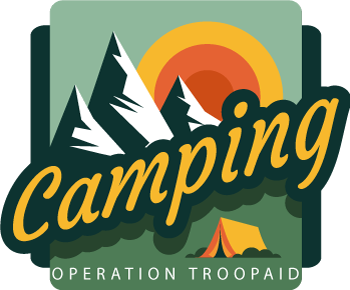
22 Dec How to choose the best camping place for beginners
Going camping is one of the most relaxing and enjoyable experiences you can experience. Good weather, vacations, or the need to spend more time in the middle of nature are all very good reasons to go camping. It is essential to know the safety measures for camping and thus spend some fantastic days. Still, if you’re not careful when choosing the place, it can turn into the opposite, so here are some tips for selecting the ideal place.
How to choose the best camping place?
- Find regular, clear terrain where you can easily pitch your tent.
- Avoid low-lying areas or those that may be natural watercourses in case of rain, such as dry channels. You could wake up drenched or, in heavy rain, be in danger.
- Similarly, a grassy area is preferable to a dry, sandy one because the latter has a higher risk of becoming swampy or unstable in the event of rain and would not be an excellent place to camp.
- If you are camping on the beach, be aware of the tides. In some areas, the height of the sea varies significantly between high and low tides. If the sand is wet, stay away from that area. We recommend that you consult our article How to know the free camping areas in Spain to discover various places enabled for camping.
- Always look for an area that has a water source more or less nearby. It would be safe if you always carry drinking water with you, along with the rest of the essential elements that you can see in our article. What should I bring when camping.
- If you are in an area where there are toilets, showers, and other common areas, it is best not to camp next. Although it may seem like the best area, because you will not have to go far to shower or go to the bathroom, it is not a good place to camp because you are exposed to noise and bad smells.
- Take into account the elements: you should avoid both the tent being in the sun all day, as it will overheat it, and in the shade because you could be very cold at night, as the wind blows head-on at the entrance of the store.
- Trees are good at stopping the wind’s impact, but if not, you can always use artificial windbreaks.
- Likewise, do not light fires or barbecues unless there is an area equipped for it and never, under any circumstances, leave the fire unattended.
Find regular, clear terrain
In these places, you can easily pitch your tent. Clean the branches or stones that may be in the area to create a suitable surface. Avoid low-lying areas or those that may be natural watercourses in case of rain, such as dry channels. You could wake up drenched or, in heavy rain, be in danger.
Similarly, a grassy area is preferable to a dry, sandy one because the latter has a higher risk of becoming swampy or unstable in the event of rain and would not be an excellent place to camp. If you are camping on the beach, be aware of the tides. For example, in some areas in the north of Spain, the sea’s height varies significantly between high and low tide. If the sand is wet, do not go to that area.
Always look for a camping area that has a source of drinking water more or less nearby
Even so, it would be good if you always carry water for consumption, along with the rest of the essential elements. If you are in a camping area where there are toilets, showers, and other common areas, it is best not to camp next.
Although it may seem like the best area since you will not have to shower or go to the bathroom, it is not a good place to camp because you are exposed to noise and bad smells. You should avoid both the tent being in the sun all day since it will overheat it and in the shade because you could be very cold at night, as the wind blows head-on at the entrance of the tent.
Wind direction is important for camping
The wind can be a great inconvenience to have good camping, so secure the stakes well and confirm that you have elements in your environment that work as good windbreaks. Trees are good at stopping the wind’s impact, but if not, you can always use artificial windbreaks.
Likewise, do not light fires or barbecues unless there is an area equipped for it and never, under any circumstances, leave the fire unattended.
Tips for setting up the tent
It is convenient to mount the stored e-campaign between two or three people, although it is not essential to do it yourself. The next step is to stretch the tent and place the floor secured with the pegs, placing the four sides first. The pegs should be placed smoothly, not perpendicular to the ground, as they would come loose, but at a small angle.
Never drive a peg with your foot. It will most likely bend and break. If it gets stuck, it may be because you tripped over a small stone or root. Move it to try to avoid it. If it still does not enter, try to nail it into other sites. To better hold the tent’s cables, you can put a stick and bury it in the ground. Another trick to support the tent is to put a stone on top of the pegs. We hope these basic tips are useful to you, have a great camping trip!


No Comments